Hong Kong is trying to transform its fascination with China’s national treasure — the giant panda — into a lasting cultural and economic phenomenon, while it needs strategic storytelling and innovative engagement
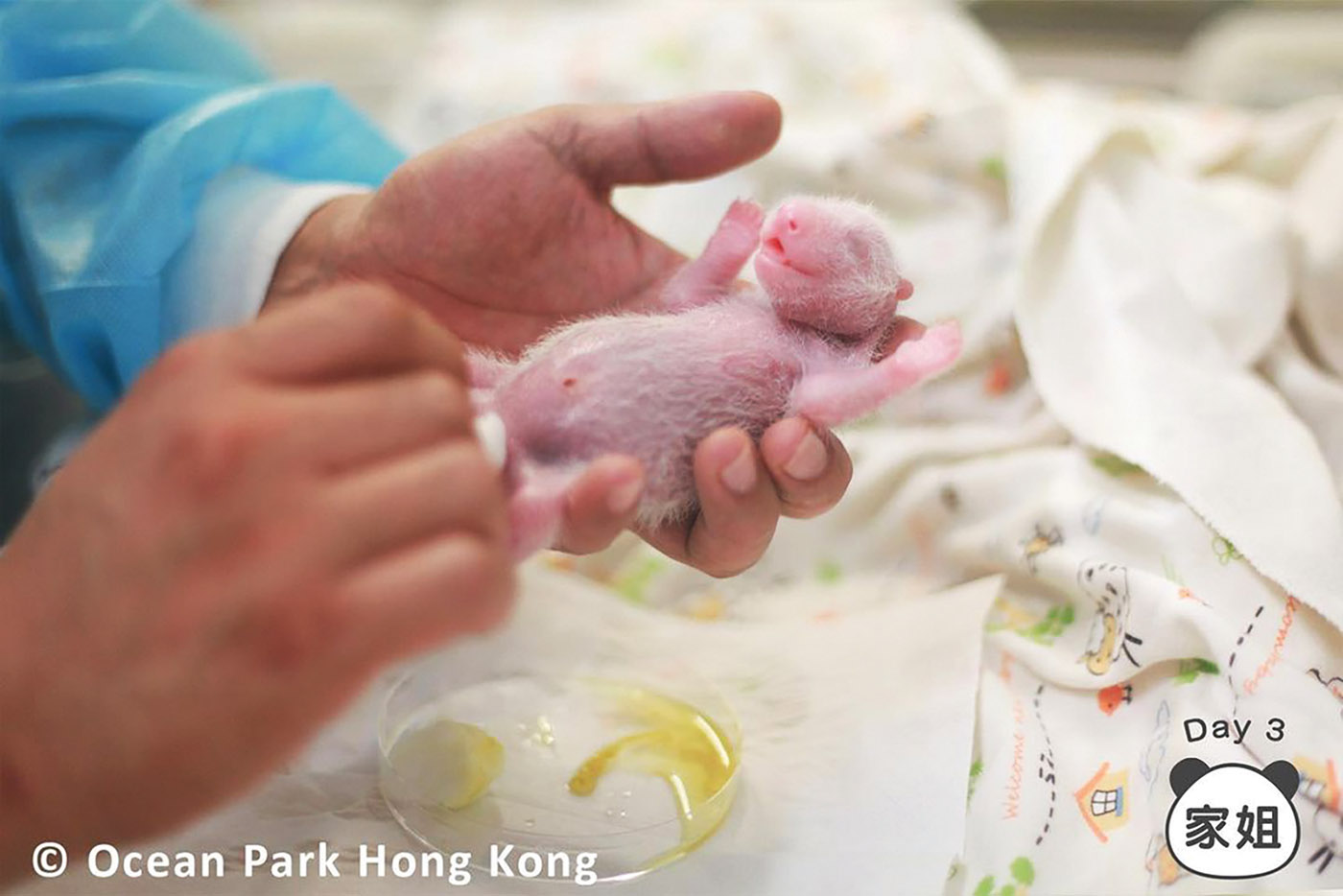
With a mere wriggle of its jelly-like tummy on social media, a panda cub stole the hearts of countless Hong Kong residents.
A 44-second video, shared on an Instagram account dedicated to the giant pandas in the special administrative region, shows the newborn — a rosy, palm-sized creature yet to grow its distinctive black-and-white fur — snuggled in a beige blanket, revealing only its plump midsection and its stubby legs kicking. Within a week, the clip had garnered more than 210,000 views and 12,000 “likes”.
Ying Ying and Le Le — the pair of giant pandas presented to the HKSAR as a gift in 2007 — recently celebrated the arrival of their twins, the city’s first locally born panda cubs.
READ MORE: HK residents may be able to meet city's newborn twin pandas in early 2025
Shortly after the birth of the twins — a male and a female — on Aug 15, the pandas’ residence, Ocean Park, launched official Hong Kong giant panda accounts on Instagram and Xiaohongshu to provide updates on the progress of the beloved national treasures, especially the newborns.
Another video captured a tender moment as meticulous care was given to the tiny creatures on their third day of life. One of the cubs, with its eyes still closed, was squeaking softly until a caregiver gently placed a pacifier between its lips. It then started nibbling. The recording amassed nearly 20,000 “likes” within days, eliciting hundreds of comments.
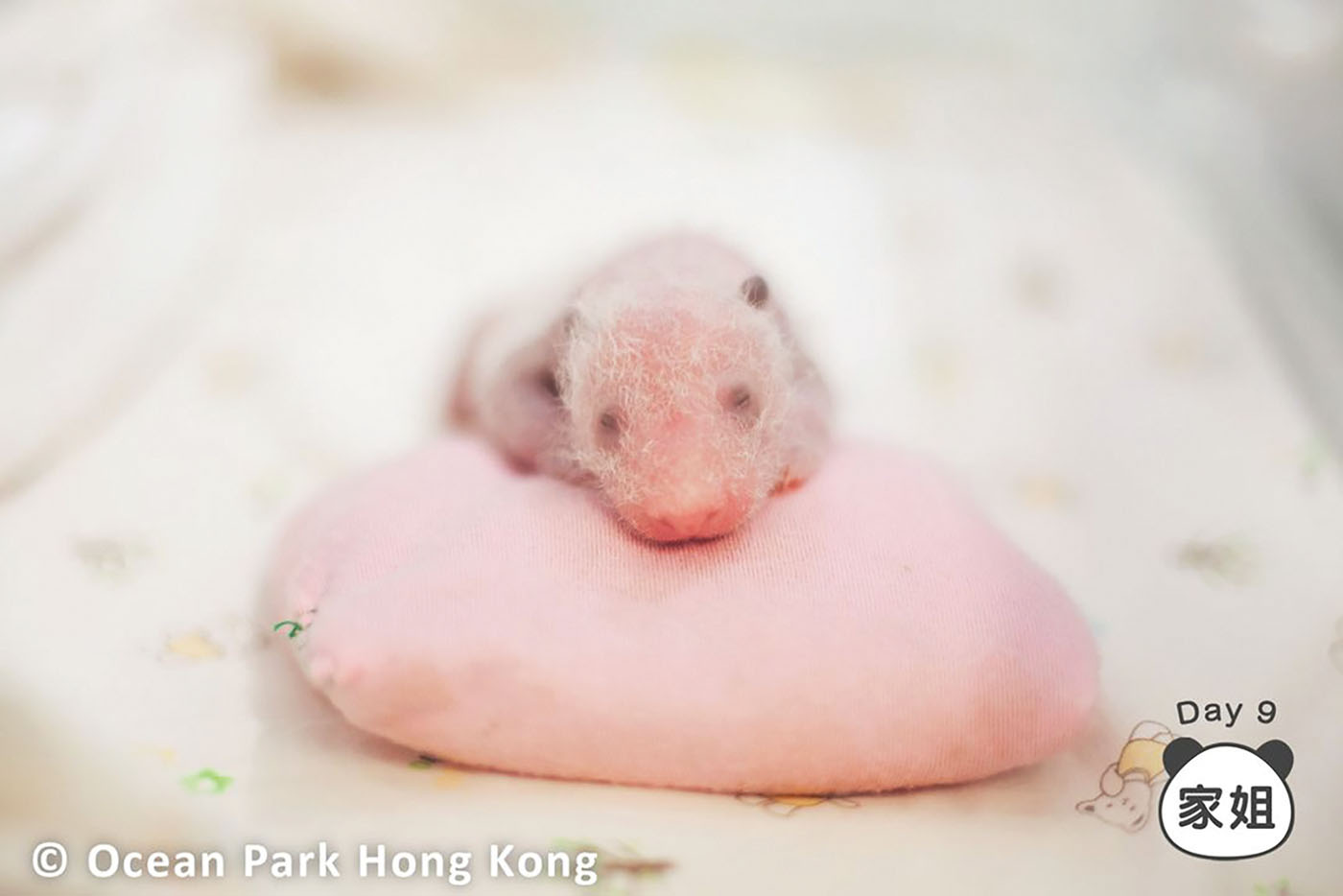
“Is this gaje or sailou?” — Cantonese terms for an elder sister and younger brother — asked one viewer. Another commented: “I’m so delighted witnessing your growth!”
The allure of the panda offspring extends far beyond Hong Kong, captivating audiences on the Chinese mainland and overseas. Within 10 days, the Instagram account had amassed more than 42,000 followers, with seven videos having attracted over 6.4 million views. The Xiaohongshu account boasted more than 29,000 followers and received 63,000 “likes” and “saves”.
The panda craze has been fueled by the Sept 26 arrival of An An and Ke Ke, boosting the local panda population to six. It is hoped the healthy pair, both aged 5, will breed in the near future.
Responding to the panda fever, a Hong Kong newspaper has started a weekly blog to track the panda twins’ growth, promising to provide updates until their public debut. Ocean Park — the city’s oldest and largest theme park located in Southern District, Hong Kong Island — is offering discounts for annual park memberships, triggering a spike in sales. A local milk-tea brand plans to launch a panda-themed drink to be given out for free to mark the occasion.
The Culture, Sports and Tourism Bureau is discussing with the Hong Kong Tourism Board ways of initiating panda-themed promotional campaigns. They’ll encourage more industries to introduce panda-related products and initiatives to tap into the “panda economy”.
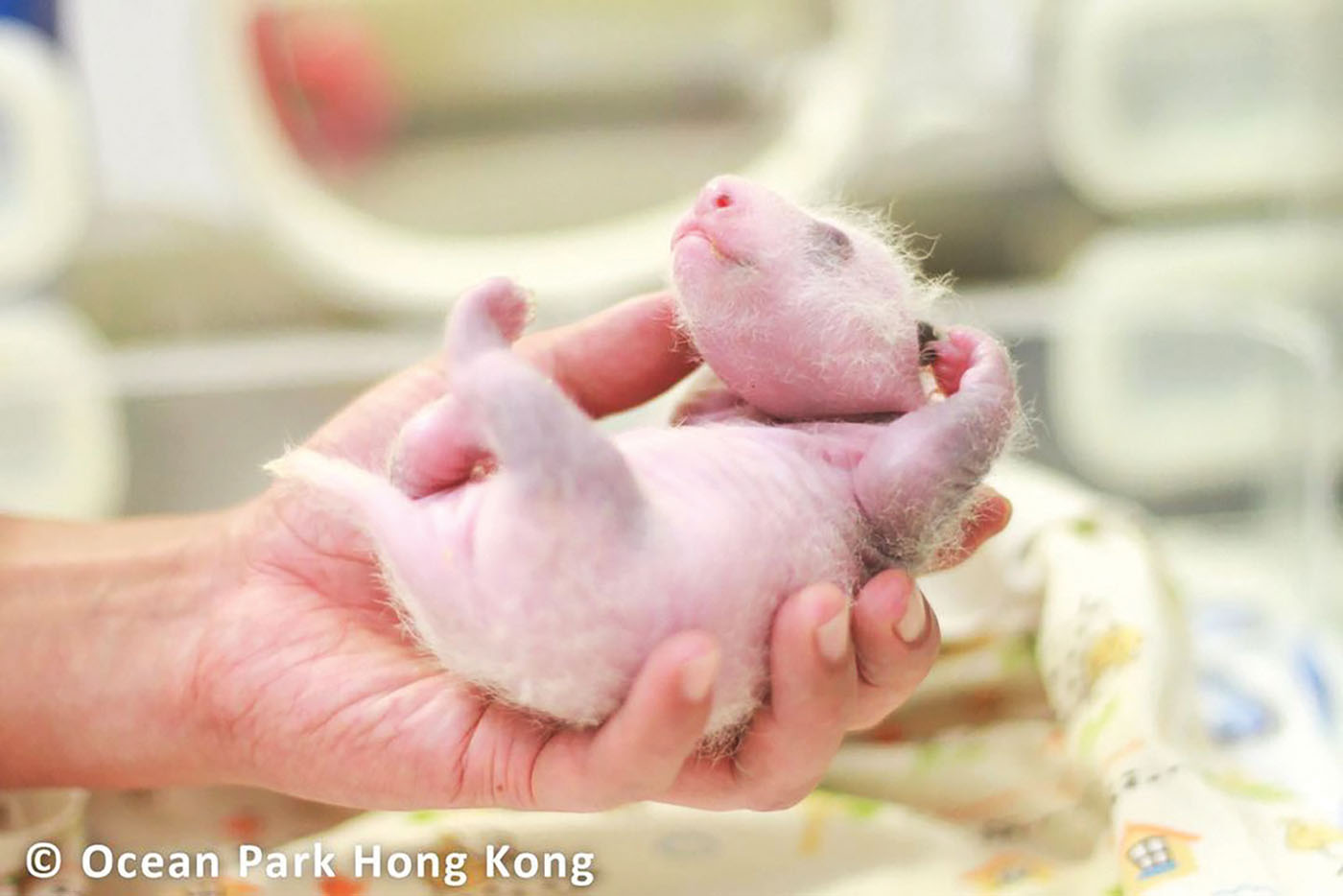
‘Pandanomics’
However, Fung Ho-keung, chief executive of the Hong Kong Policy Research Institute, points out that raising pandas is very costly, casting doubts on the long-term viability of the “panda economy”.
He says the growing panda population would mean soaring expenses for Ocean Park, potentially challenging its financial viability.
Ocean Park’s annual reports have omitted specific expenses and income associated with panda care, revealing only the earnings reaped from panda merchandise sales and interactive programs used as donations to the Ocean Park Conservation Foundation. Those figures reached HK$600,000 ($76,960) last year – up from HK$500,000 in 2022 and HK$200,000 in 2021.
According to Fung, the pandas in Hong Kong may not bolster local tourism significantly as there are pandas at theme parks in surrounding regions.
For mainland panda fans, Sichuan’s provincial capital, Chengdu, which has more than 200 pandas, remains their top destination. There are also pandas in South Korea, Japan and Russia.
“While local residents are fond of pandas, they’re not a significant economic game changer,” says Fung.
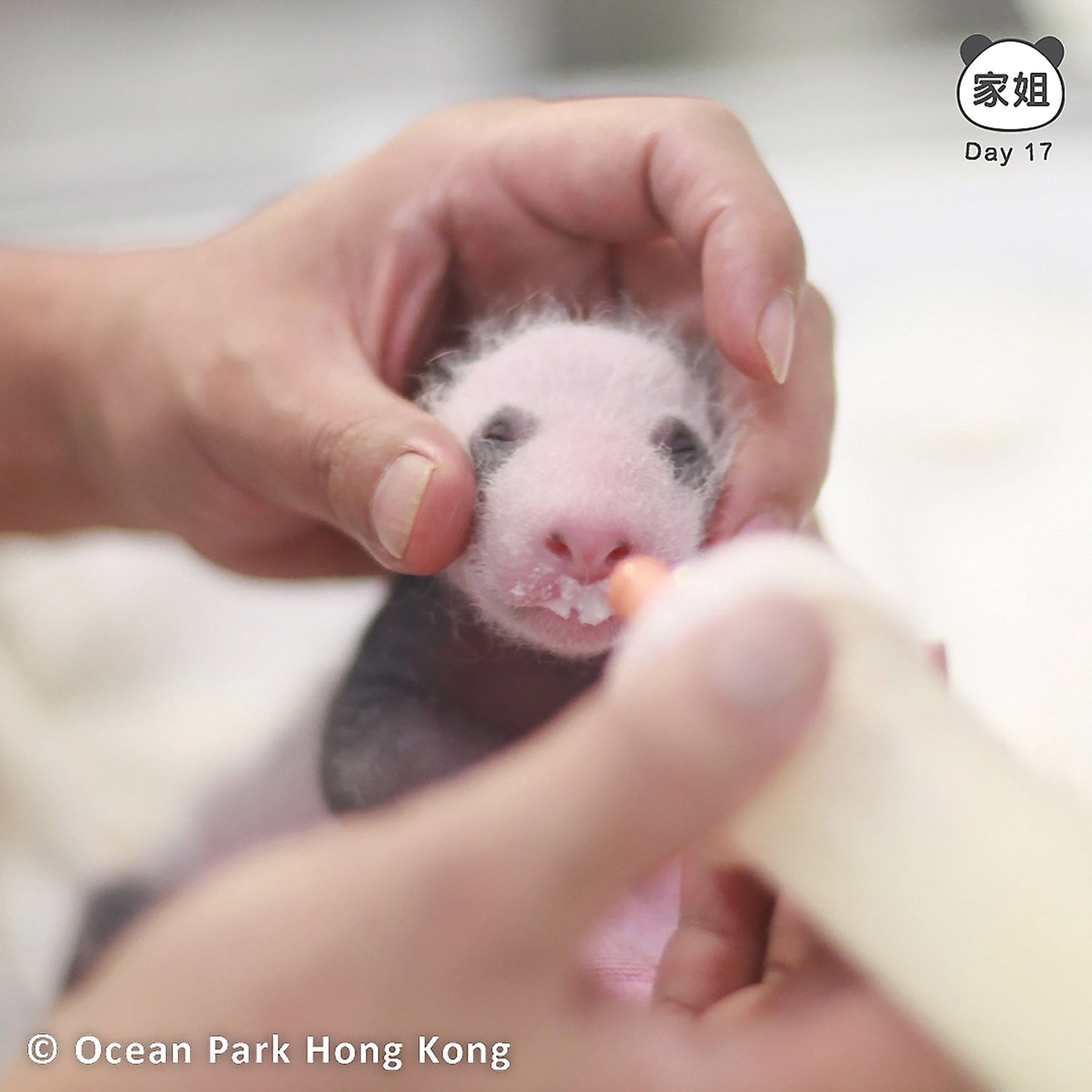
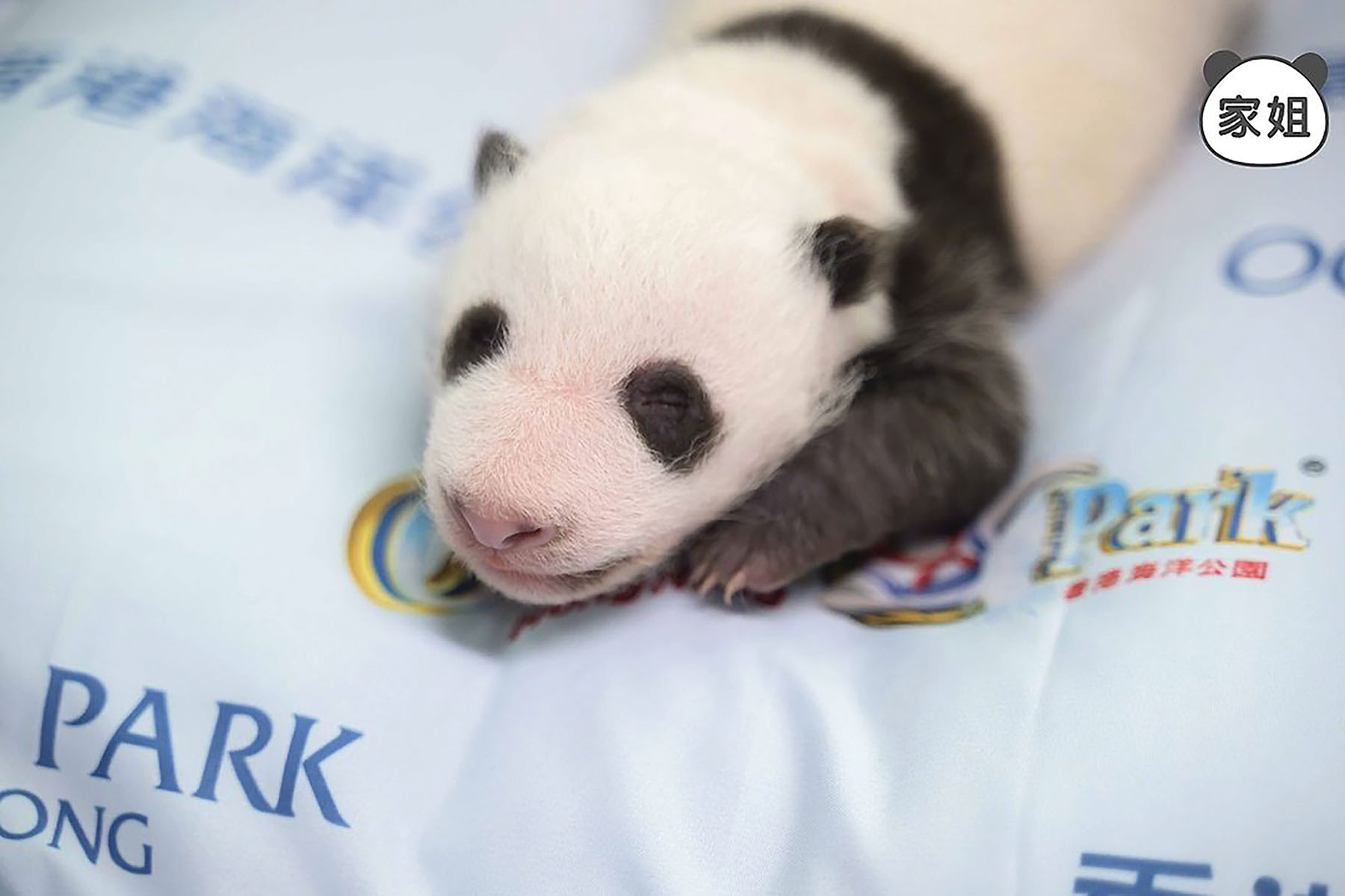
Timothy Chui Ting-pong, executive director of the Hong Kong Tourism Association, however, is upbeat about the economic potential of pandas, noting that neighboring countries and regions have leveraged their panda resources to reap huge economic rewards.
South Korea’s first locally born panda, Fu Bao, became a sensation at Everland — the country’s largest theme park located in Yongin City — when it was born in July 2020 before departing for Sichuan in April this year. The cub’s online presence boosted views on Everland’s YouTube channel to more than 500 million, leading to increased foot traffic at the park.
During Fu Bao’s almost four-year residency at Everland, the park welcomed 5.5 million visitors, roughly equivalent to 10 percent of South Korea’s population. In the countdown to the cub’s departure, the facility saw a daily peak of 8,000 visitors.
Ueno Zoo in Tokyo, Japan, also saw success with panda Xiang Xiang, whose presence there from 2017 to February last year contributed an estimated $359 million to the local economy.
These parks have shown that pandas can bring substantial economic benefits. The key factor lies in telling panda stories effectively, establishing them as intellectual property, and utilizing the internet strategically, says Chui. He maintains that despite the global and regional presence of pandas, those in Hong Kong can retain their allure if their stories are well told.
Ocean Park, renowned for its marine attractions and recreational amenities, has yet to make full use of its panda resources. “Now, it’s their last chance,” he says.
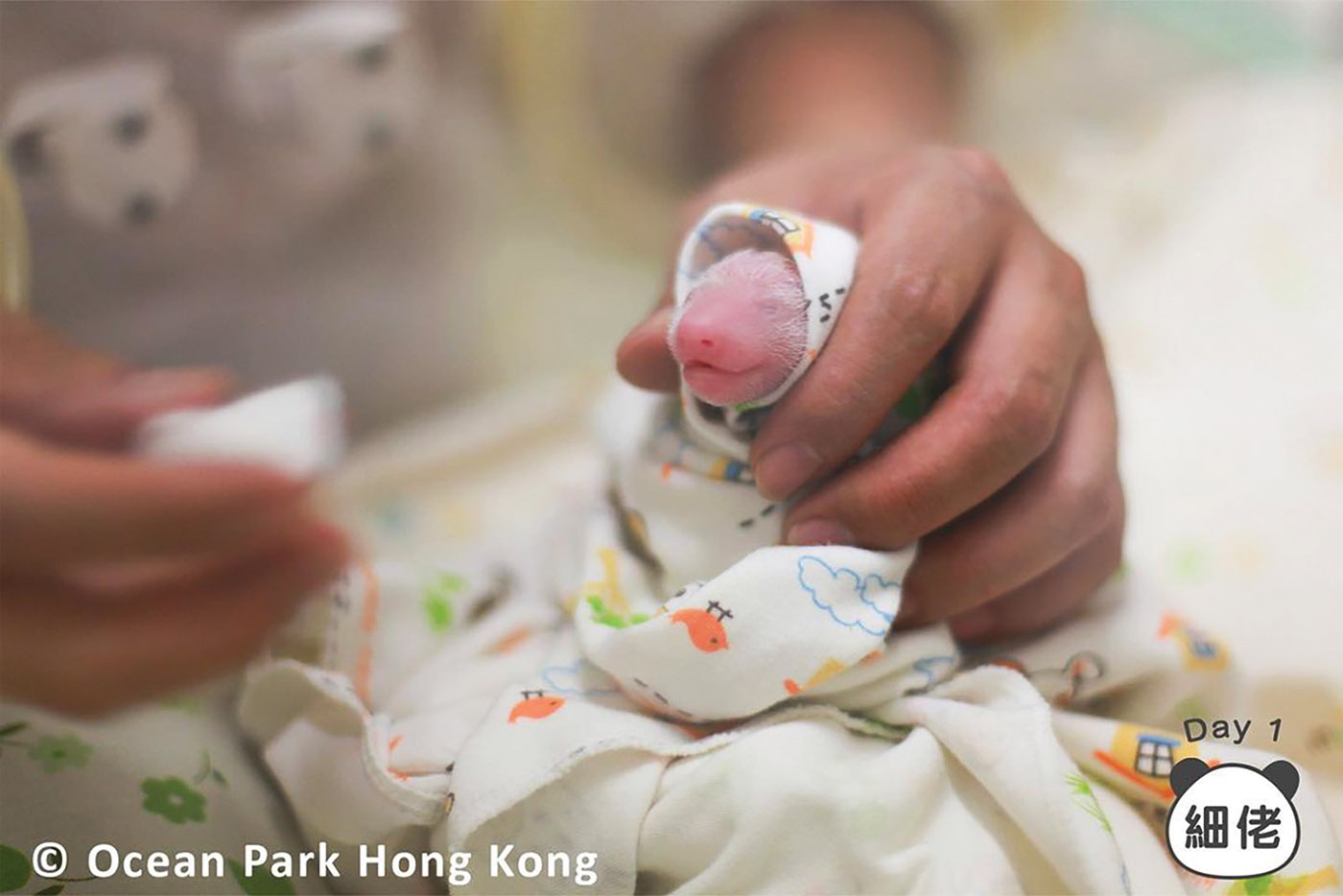
Learning from Chengdu
Perry Yiu Pak-leung, who represents the tourism sector in the Legislative Council and is chairman of China Travel Service (Hong Kong), agrees that the “panda economy” is promising.
“Many Hong Kong people have doubts about the ‘panda economy’, but how many of them have been to Chengdu to experience it personally?” he asks. Having visited the nation’s “panda capital” recently, Yiu says he has seen the significant role pandas play in driving consumption in the city.
Panda-related businesses are ubiquitous in Chengdu. During last year’s May Day holidays, more than 264,000 tourists visited the Chengdu Research Base of Giant Panda Breeding, making it the country’s second-most visited site. With an entrance fee of about 50 yuan ($7), the base stimulated spending on public services like transportation and hotel accommodation, with about 1,450 yuan per visitor recorded.
While Hong Kong might not be able to rival Chengdu in the sheer number of pandas and expansive habitats, Yiu says the city can take a leaf from the provincial capital. A major aspect is the design of panda venues. He was impressed by the unique features of Chengdu’s panda bases that have enriched visitor experience.
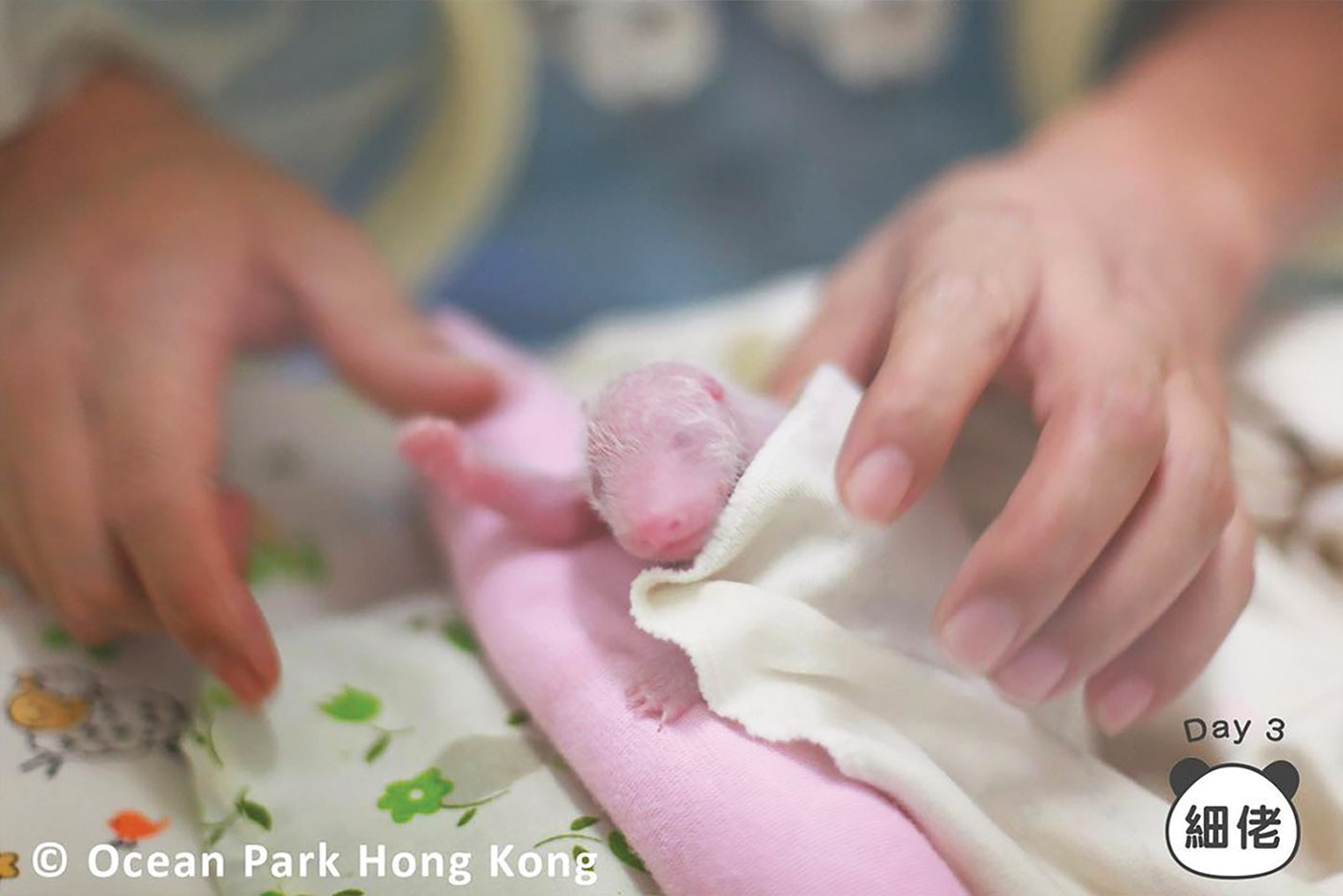
While Ocean Park is rejuvenating its panda pavilion and revamping its design, Yiu suggests that the park introduce distinctive elements to lure visitors. “Could the panda pavilion in Hong Kong integrate cutting-edge technologies and leverage artificial intelligence to create the most advanced panda facility in Asia?”
Hong Kong can also draw inspiration from Chengdu to enhance the soft services at the panda pavilion. Improving visitor flows, creating a more pleasant environment, and ensuring that staff members are welcoming and knowledgeable are all necessary for improvement, says Yiu.
In addition, Yiu stresses that the core of the panda business lies in people’s affection for these creatures, and the key to fostering residents’ love for them hinges on how Hong Kong develops pandas’ IP images.
Chengdu’s panda fame, while being based on its long history of conservation, is largely due to the power of the internet. Around 2013, the city launched iPanda — an online panda channel with 24-hour live broadcasts showing the daily life of pandas. The initiative drew widespread public interest and media coverage, solidifying Chengdu’s reputation as the “panda capital” and wooing substantial business.
Yiu says Hong Kong ought to do more to bring together various sectors to devise a distinctive panda IP.
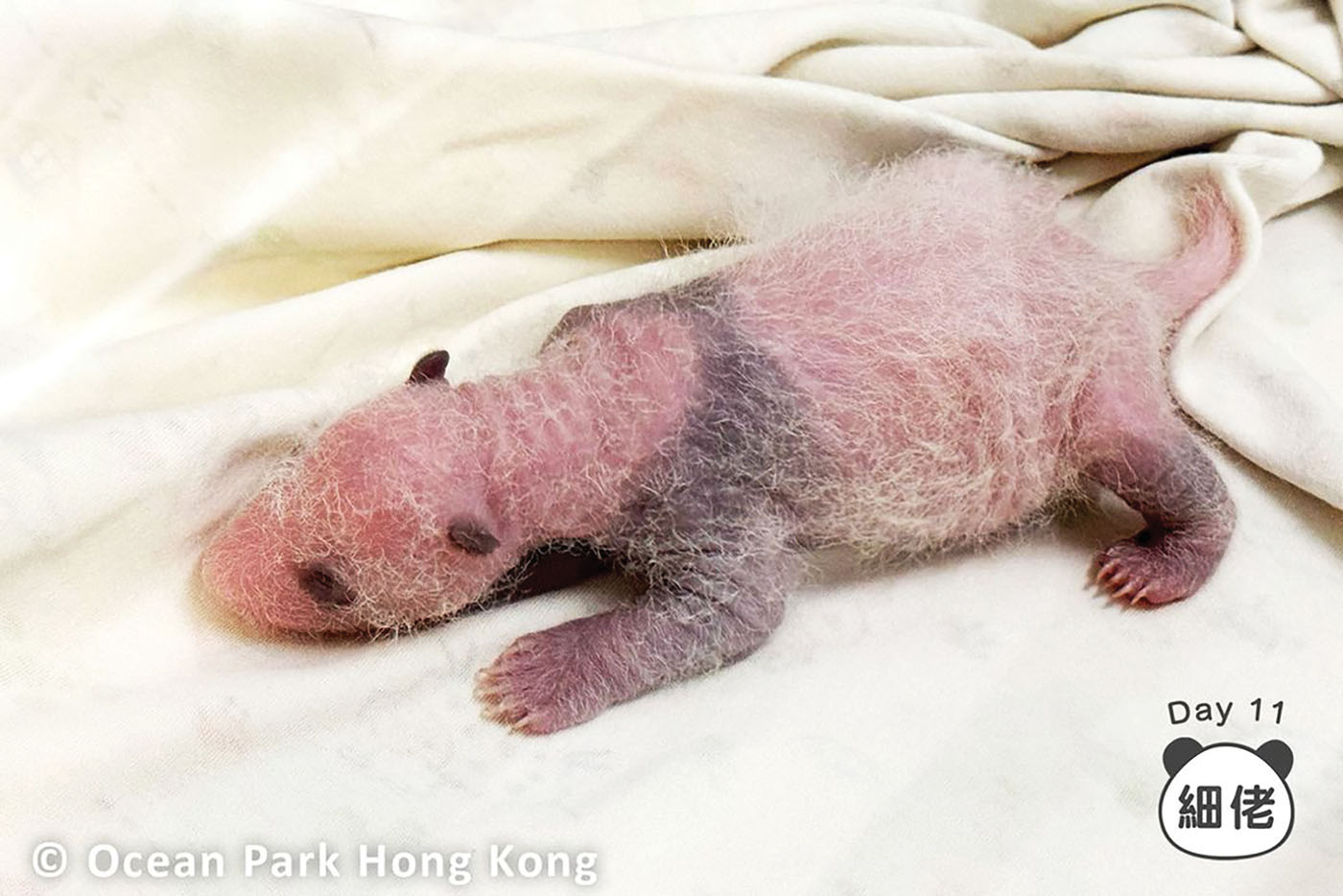
Cultivating panda IP
Wong Ka-fai, co-founder and partner of Madcradle Online — a local integrated digital advertising company — believes it’s vital to identify the unique attributes of pandas in creating a distinct panda IP.
Compared with pandas living in Japan, South Korea, and on the Chinese mainland, Hong Kong’s pandas could stand out by showcasing their distinct personalities and characteristics, he says, suggesting that Ocean Park delve into the traits of local pandas before branding their individual images.
For instance, if a Hong Kong panda is particularly playful and enjoys tumbling, such behavior can be highlighted and marketed to forge a memorable identity.
Weaving local culture into the city’s panda IP would also help, he says.
Chui envisions a narrative that the Hong Kong panda family adores traditional local delicacies, such as egg waffles, fish balls, and Hong Kong-style milk tea, and portraying them as polyglots fluent in Cantonese, Putonghua, and English.
Bryan Lan Chun-yin, who founded local digital marketing agency Hyphen Media, would like to see Ocean Park get a specialized online marketing agency to help craft a cohesive and strategic promotional plan.
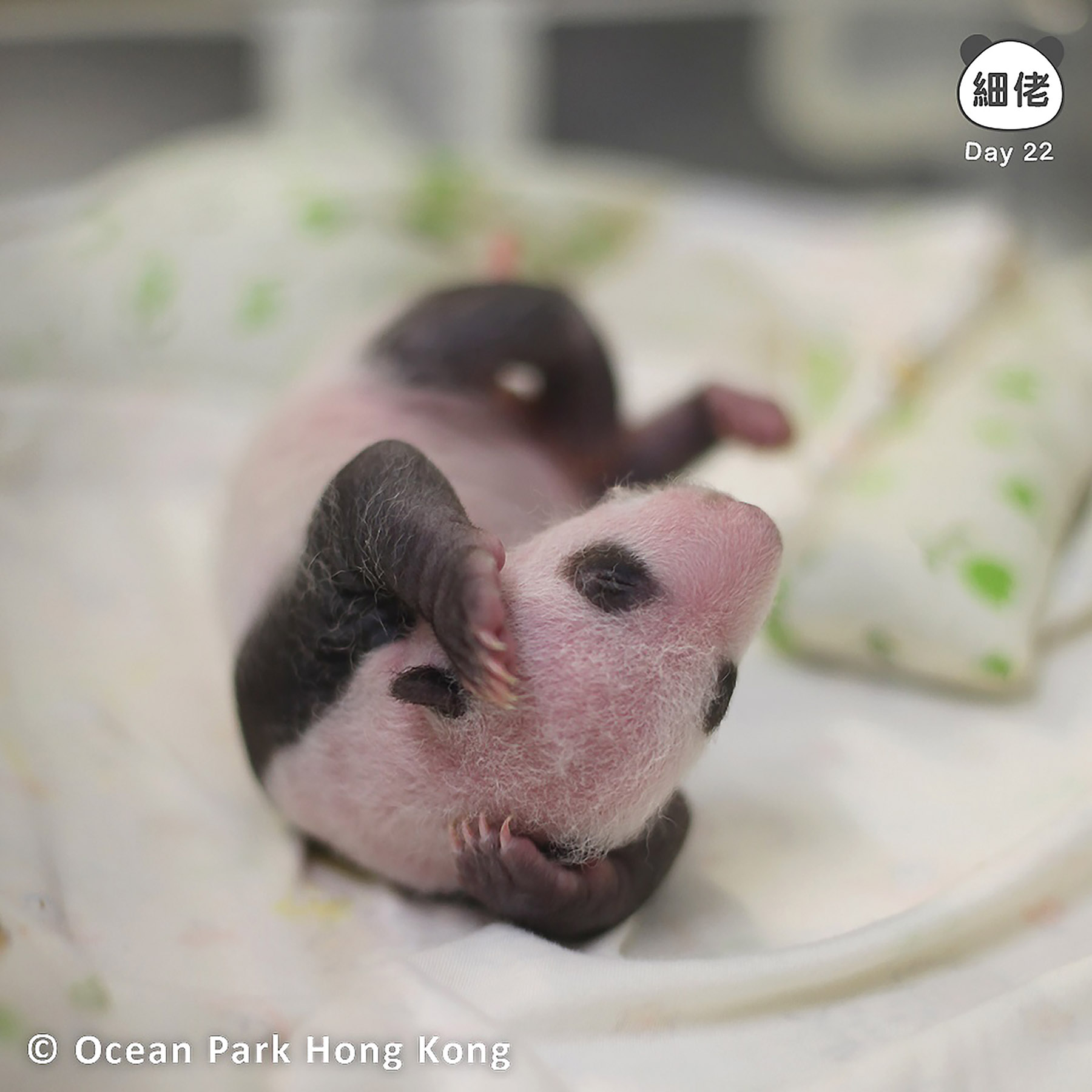
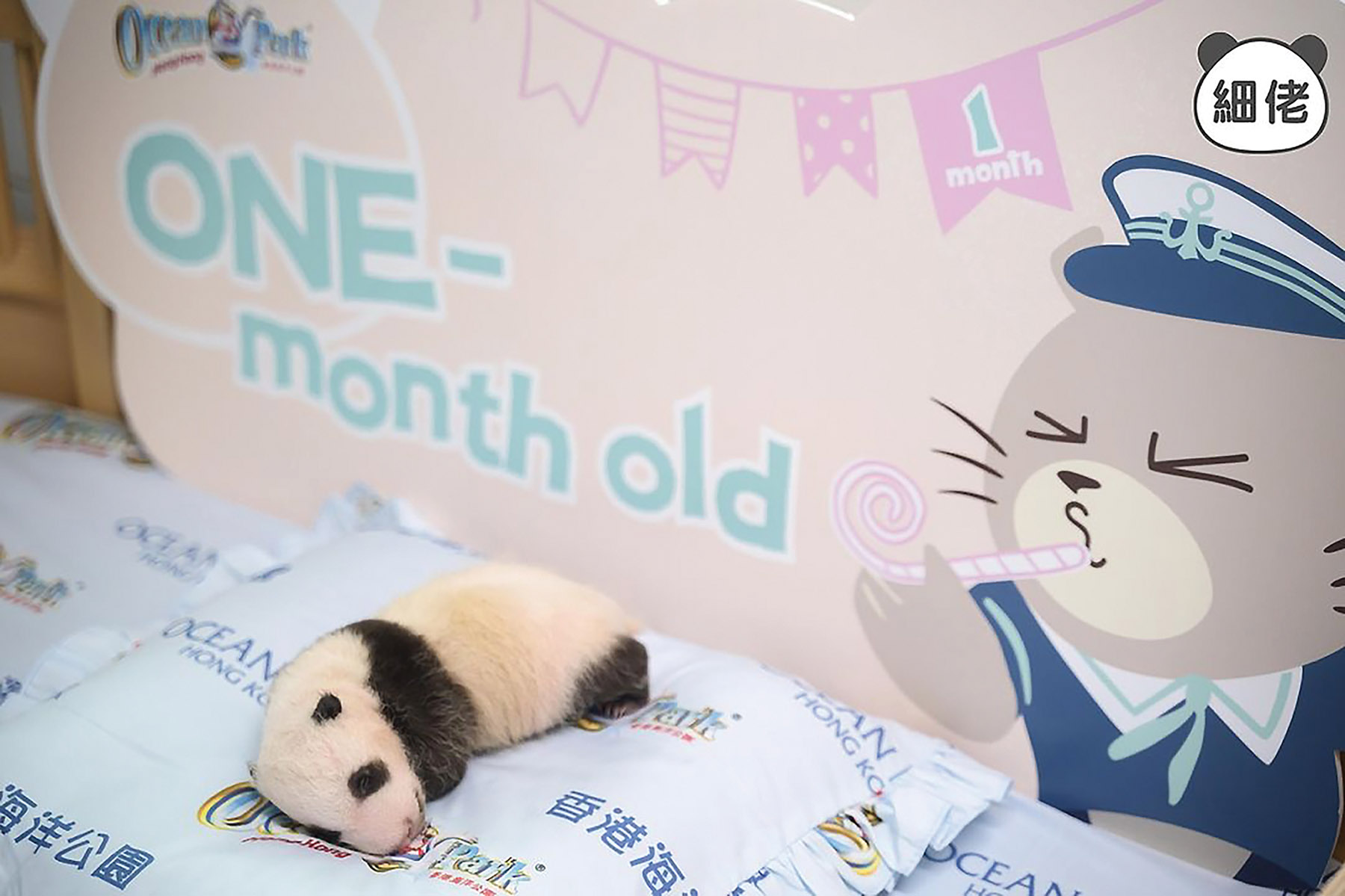
The content is paramount, says Lan, adding that the theme park should include more interactive and emotionally engaging materials. People are drawn to watching pandas because the creatures offer emotional value and a sense of healing, and this aspect should be further explored. Besides photos and videos, publicity should also highlight the relationship between people and pandas, as human-animal stories are always touching, he says.
Perhaps Hong Kong can copy Everland’s YouTube channel in which videos of caretaker Kang Cheol-won tending to Fu Bao have enraptured audiences and led to the panda being affectionately dubbed “Grandpa Kang”. In the same vein, Ocean Park could showcase more of the interactions between its giant-panda keeper Leung Ka-lun, known as the “nanny of pandas”, and the animals.
ALSO READ: Diet for new mom: Ying Ying prefers different food now
Lan says Ocean Park could consider teaming up with international celebrities in organizing activities with pandas to get more public attention and media buzz.
He is also optimistic about the potential of Hong Kong’s panda-promotion campaign, citing substantial engagement metrics, such as followers, comments, and interactions on Ocean Park’s official panda account.
It would be up to the park to catch up and think carefully about how to tell a good panda story, Lan said.



